Telling stories is a way of staying in touch with our communities, motivating people, and influencing them. In web design, user experience storytelling – UX storytelling – allows designers to build empathy, provides brand insights about users, and even helps improve a product or service.
This is why storytelling in web design is a must these days. In this post, we will tackle the basics of storytelling for user experience and how web designers and content creators can create great narratives.
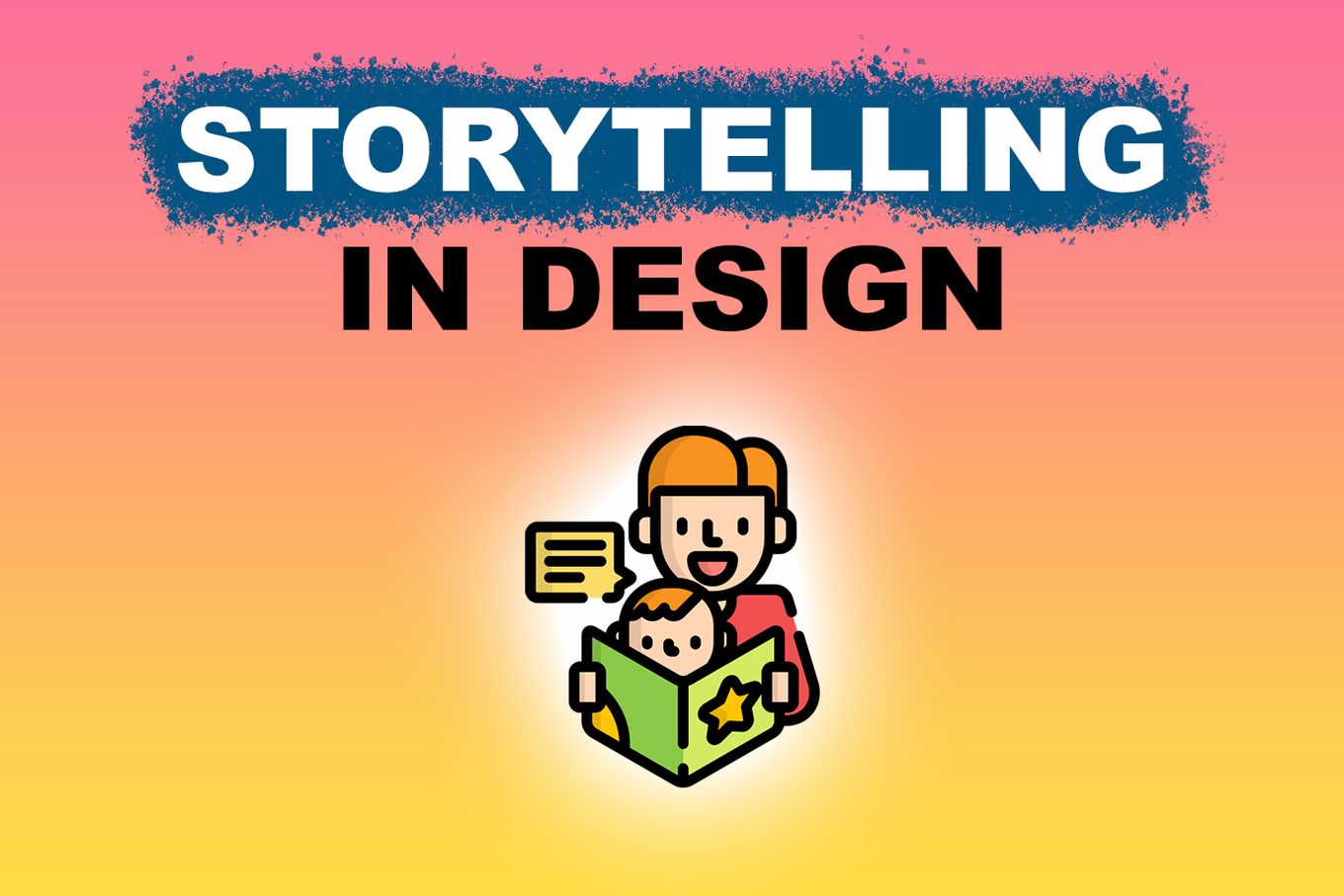
In marketing, telling great stories is one of the tried and tested formulas for captivating any audience. Storytelling in web design is a great tool to help reach the target market effectively.
You simply cannot cough up a design. There is a design research phase to help you and other designers grasp what the users need and want. This stage is essential to understand how you can best convey the right messages that resonate with your audience.
Based on the research, you can create narratives that focus on customers’ needs, wants, and values. The goal of UX storytelling for any designer is simple. That is, to persuade and elicit emotions from the users so they become deeply engaged with their experiences.
Why Should You Use Storytelling In Web Design?
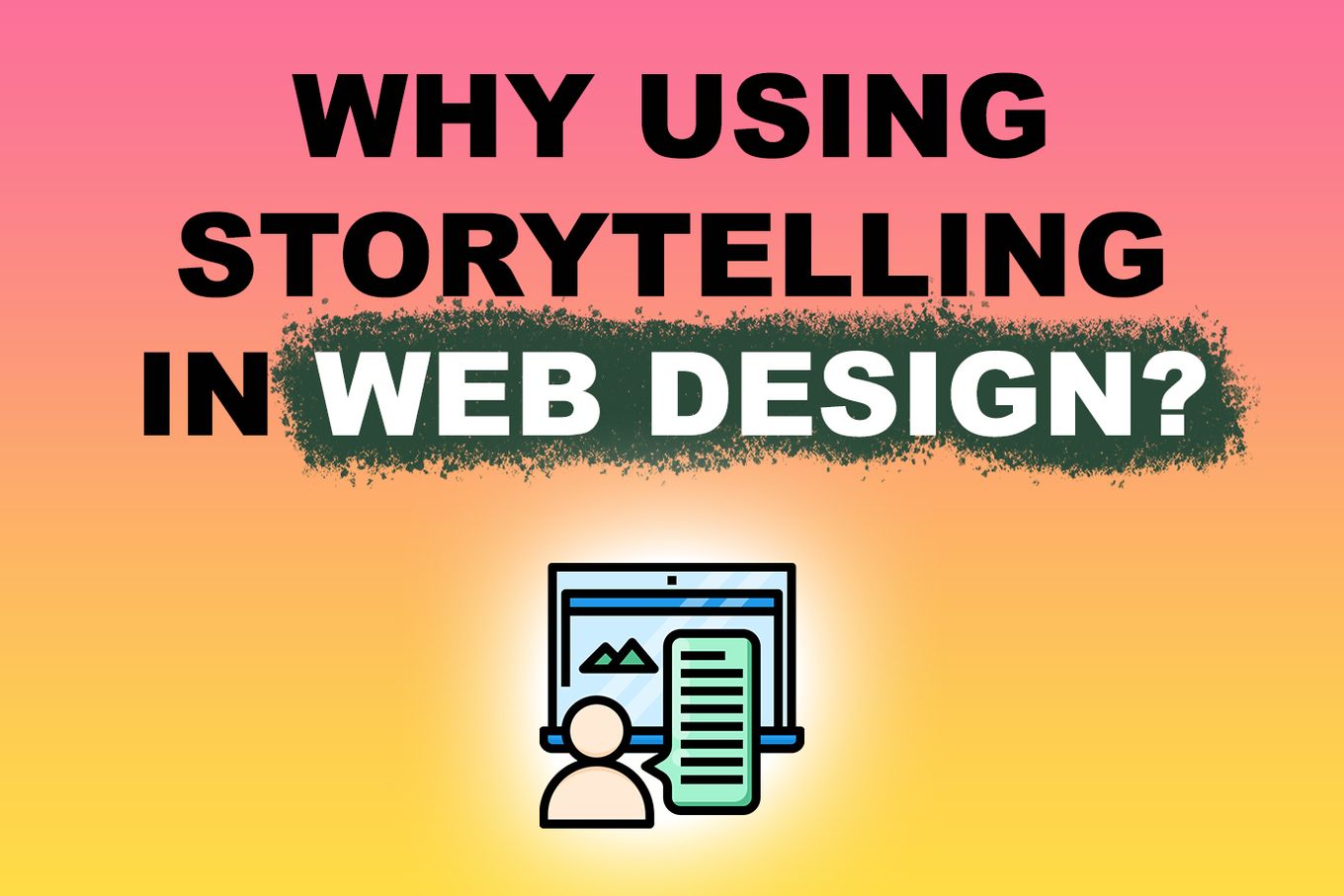
The use of storytelling in web design allows you to create an emotional connection with your audience by taking them through a story where they can feel identified. Storytelling design can help your users to take action and convert.
Below are the benefits of using storytelling in design:
- Emotional Bond. Great narratives help create a strong bond between the brand and its visitors and audiences.
- Connection And Empathy. It is easier to build empathy and connection with audiences when we take them on an emotional journey
- Unique Experience. Not every story is the same and not every experience is the same. UX storytelling, thus, offers users a unique experience.
Do you know what is considered to be a digital story? Feel free to check out some digital storytelling examples.
How Do You Use Storytelling In Design?
Here are the steps in using storytelling in design:
1: Understand Your Audience
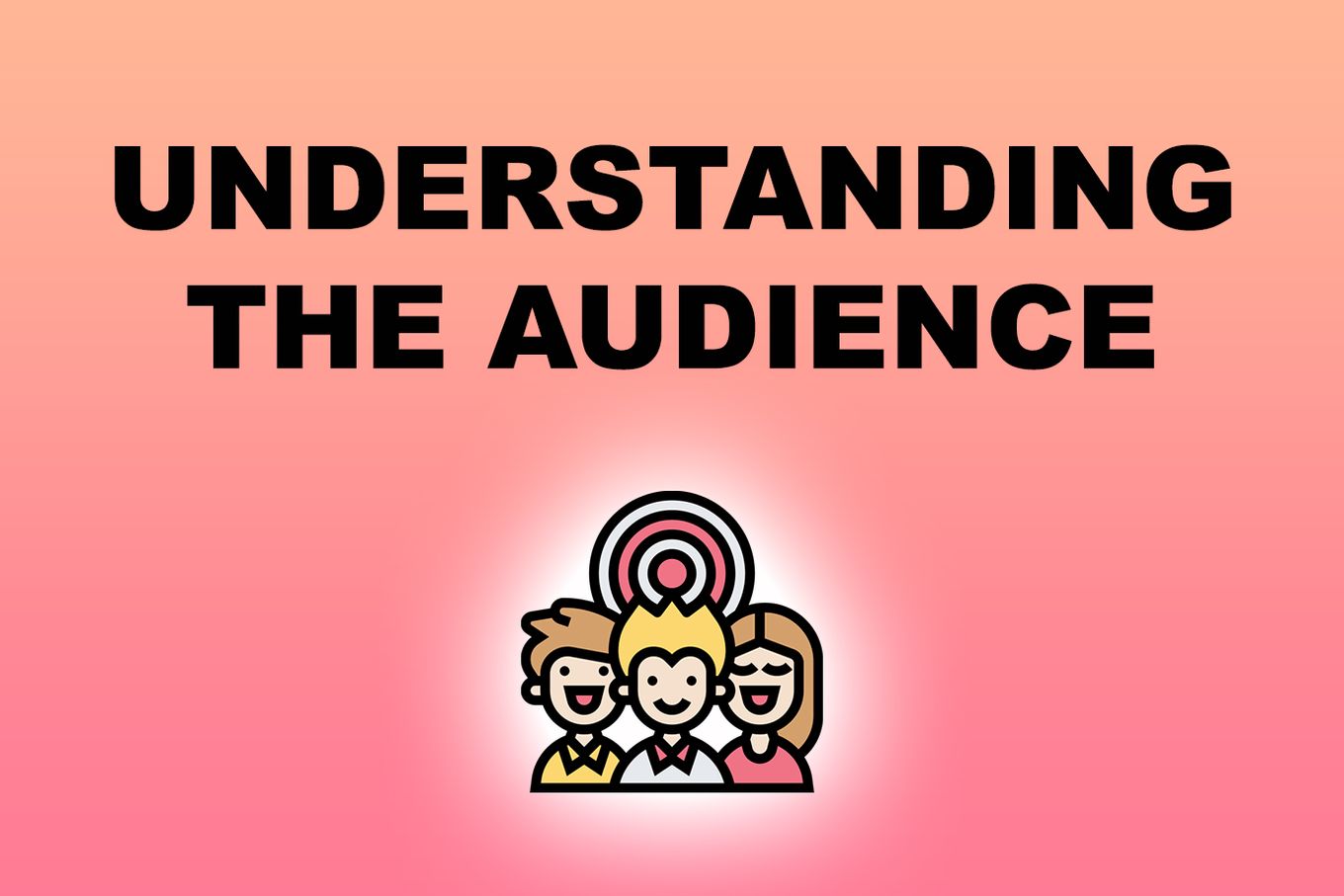
You cannot come up with an engaging story without knowing the audience first. Excellent storytelling in design requires understanding the different kinds of visitors that the website has:
- Existing clients
- Current partners
- Potential clients and partners
- Prospective employees
When trying to understand the audience, you must ask what visitors hope to accomplish when they visit the site. The website team or client-interfacing team can provide great insights into what web visitors’ concerns are and their frequently asked questions.
2: Build An Emotional Connection
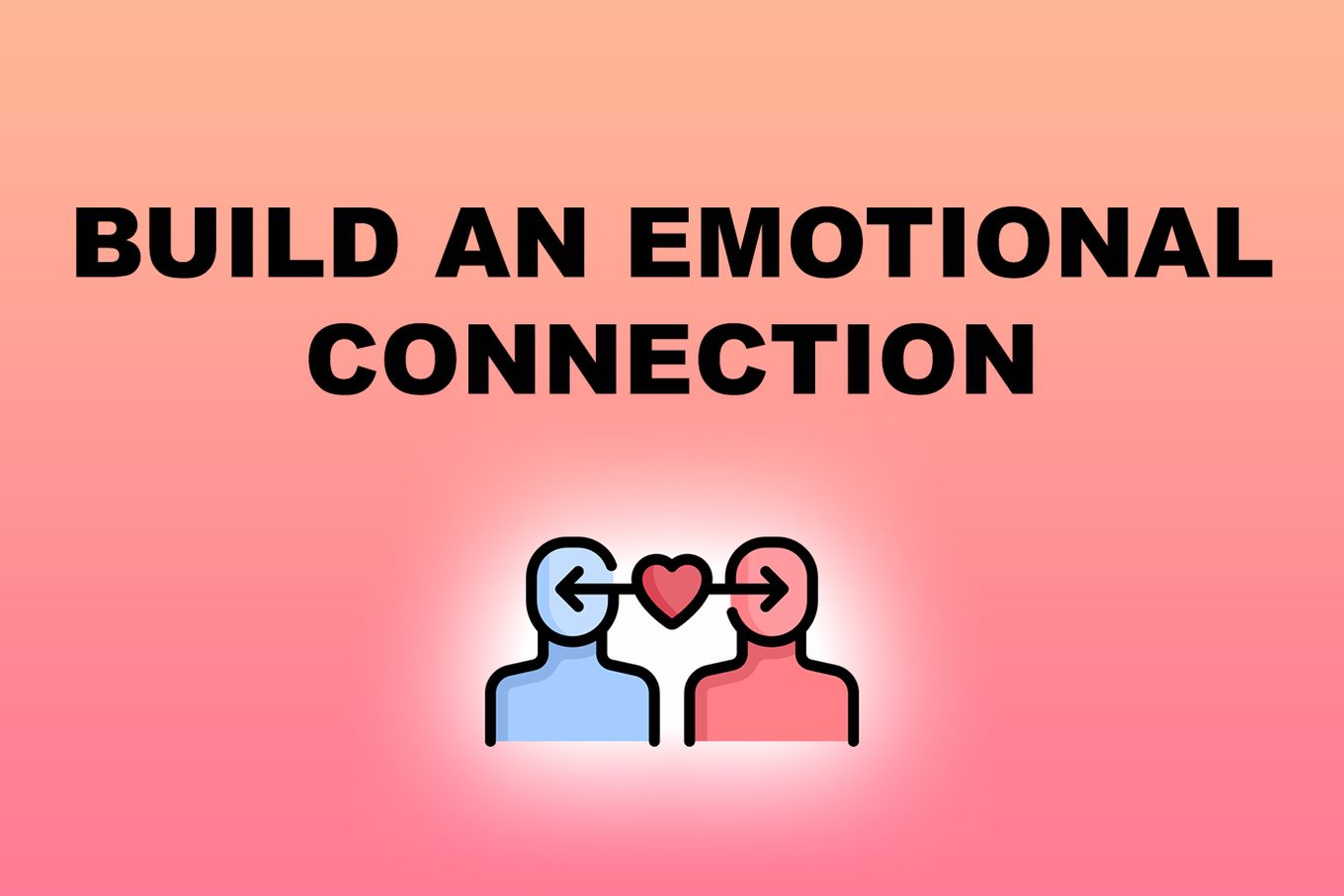
Memorable stories are those that produce emotional responses and build strong human connections. As such, great storytelling in design requires making sure that you elicit emotional responses to both content and design of your website. This is only possible by considering your brand’s personality.
In web design, designers must match the design to the brand’s voice and tone. Failing to do so will result in a disconnect between the web design story and the messaging.
Designers must use the proper mix of colors, images, and animation to integrate both brand and narrative in UX storytelling.
3: Define The Message
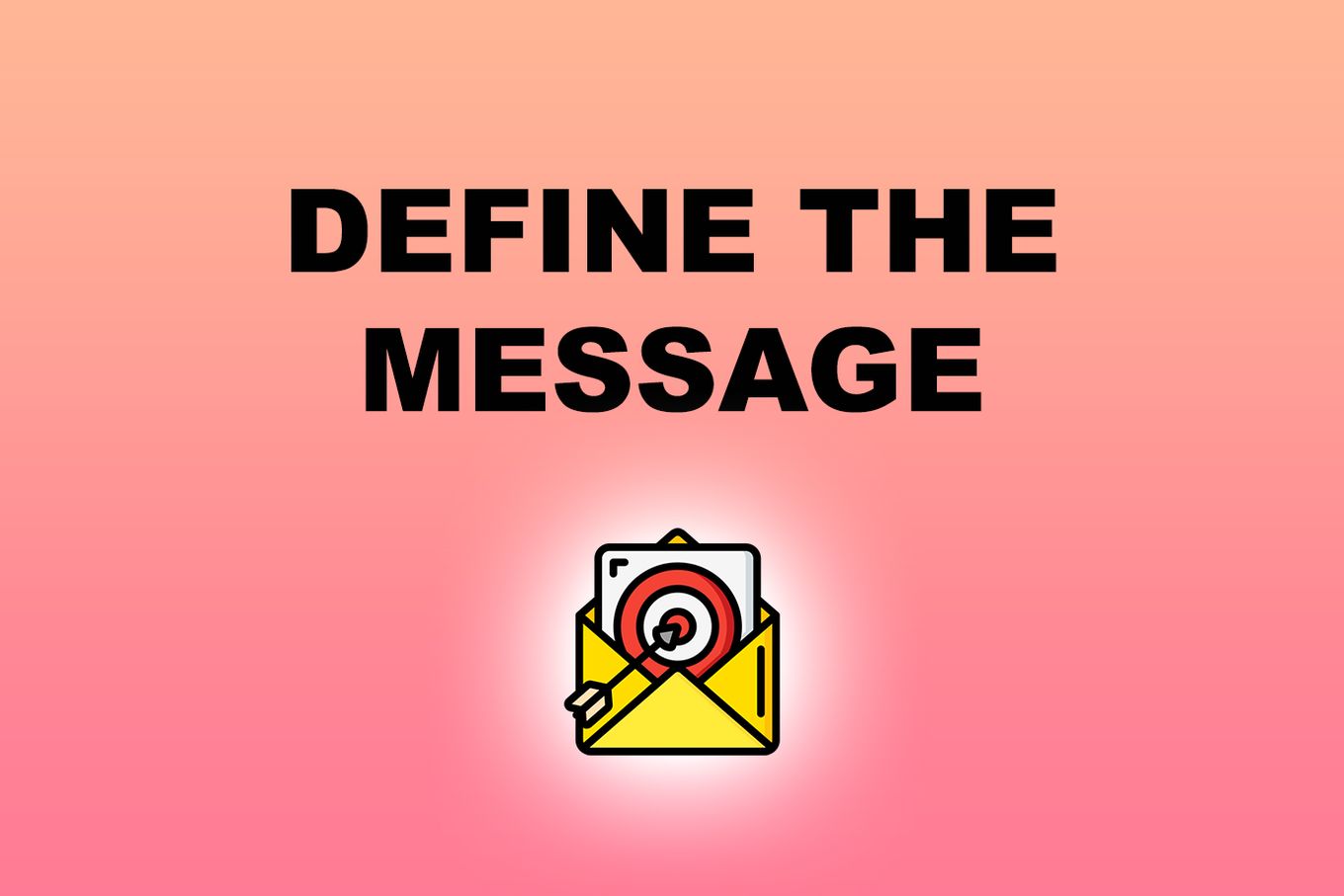
Stories typically have a moral of the story or a central message. It’s important to communicate this message effectively, or else visitors may remember the story but not the message or lesson you wanted to convey.
Long paragraphs or blocks after blocks filled with text are no-nos on a website. Visitors typically don’t want to do heavy reading when browsing websites.
They want to get what they need as fast as possible. This means, brands only get a few seconds to introduce who they are and what they stand for to website visitors.
Make sure that you have already defined your message to be clear and concise. Make sure to always add it on your home page rather than being hidden in other sections of your site.
4: Structure And Organize Your Content

Every good story has a beginning, a middle, and an ending. This principle should be reflected in your web design in an organized way.
Designers should structure their storytelling UX design intuitively and logically so users won’t get frustrated and abandon the site out of frustration with design in storytelling.
Below are some tips for organizing and structuring the content effectively.
- Cut down the number of pages in the top navigation.
- Reiterate the major calls to action throughout the site.
- Use visual hierarchy on every page of the site.
- Use different headings and font sizes so visitors can easily distinguish headline text from subheadings.
How Do You Make A Good Story?
To make a good story in storytelling you need to use all the elements together in the most efficient and organized order.
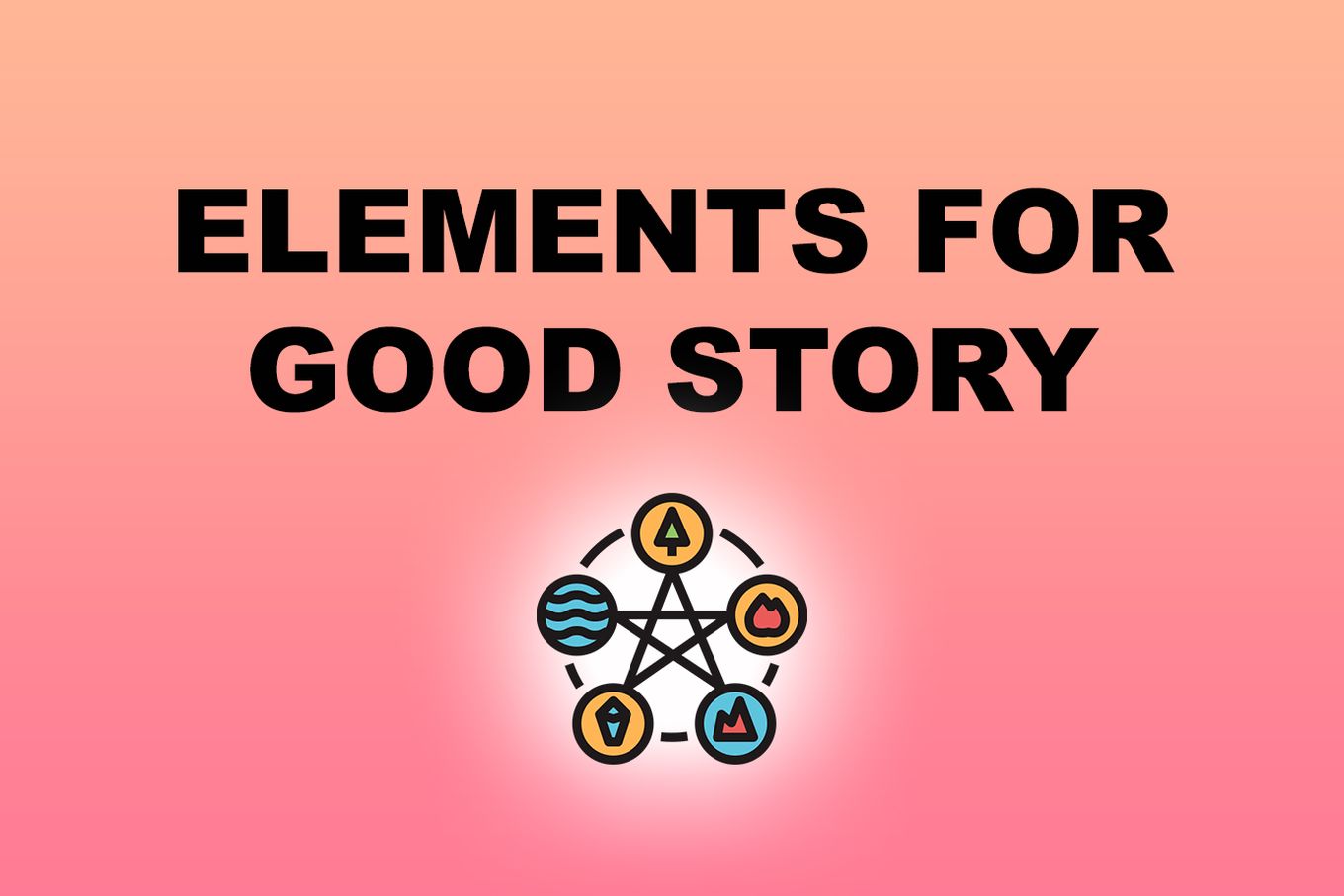
To create a great story you’ll need to do the following:
Create a Character
The character you create must represent your target customers.
Think of your ideal customers in terms of behavior, needs, and values. Make sure the characters of your story reflect the values you want in your target market.
Create a Good Storyline
Your plot should show how your main protagonist is working hard to achieve his or her goals.
The plot should highlight the character’s problem and how he or she is solving it and the adventures in between.
Use a Theme
Come up with a theme that evokes trust and credibility for your characters and the storyline.
The theme must be relatable so that users can easily identify with the character’s predicament, and emotions. This way, your visitors will remain engaged in your narrative until the end of the story.
Don’t Forget the Backdrop
This is the setting of the story where designers must make sure that everything fits together.
Think of the backdrop as the glue that holds everything together. For example, is the story’s core message reflective of the brand’s values or philosophy?
4Ps Of An Excellent UX Storytelling Design
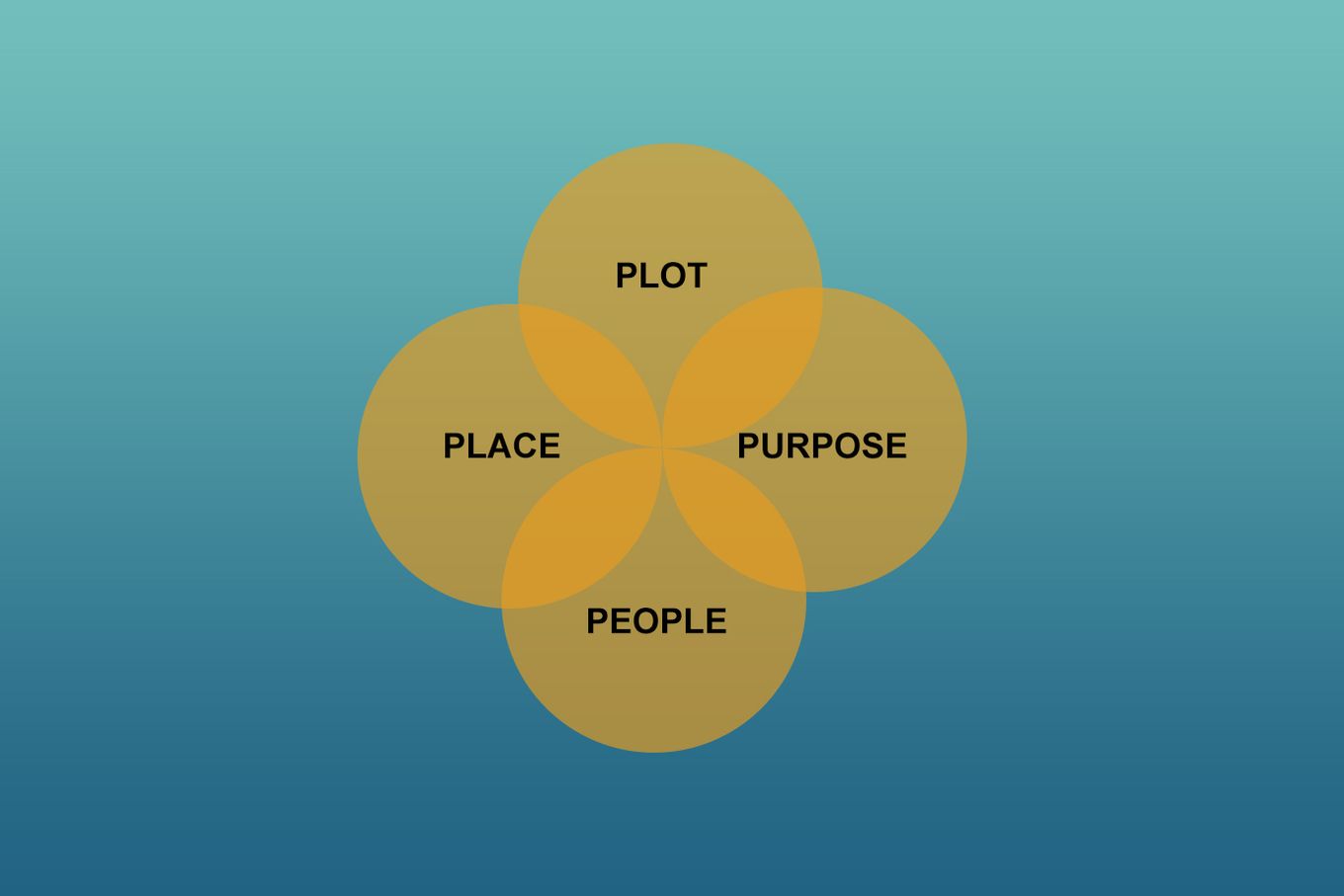
The 4Ps required in crafting a great storytelling design are People, Plot, Place, and Purpose.
People
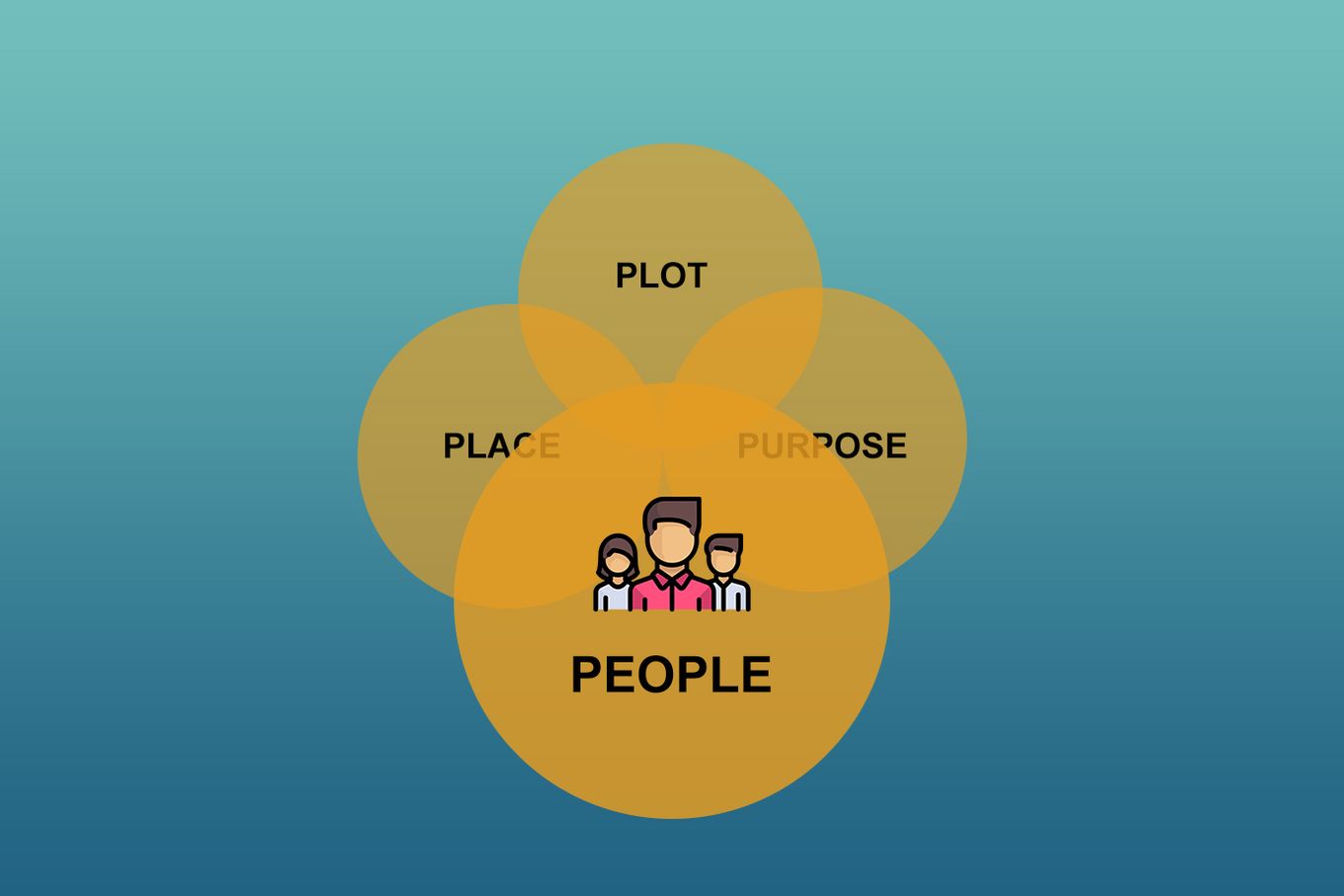
People refer to the characters of the story. People also answer one of the basic questions of the narrative: Who.
There’s always the protagonist and the antagonist. And storytellers must exert every effort to make sure that the audience empathizes and cheers for the protagonist while wishing the antagonist bad fortune.
Contrary to popular belief, the people or characters do not have to be human beings. They can be objects or even animals.
People also don’t have to be the obvious characters or the ones always getting attention. For example, the story can be about a big Hollywood star. But one of the characters of the UX story is barely visible and always in the background like the Hollywood star’s personal assistant.
Plot
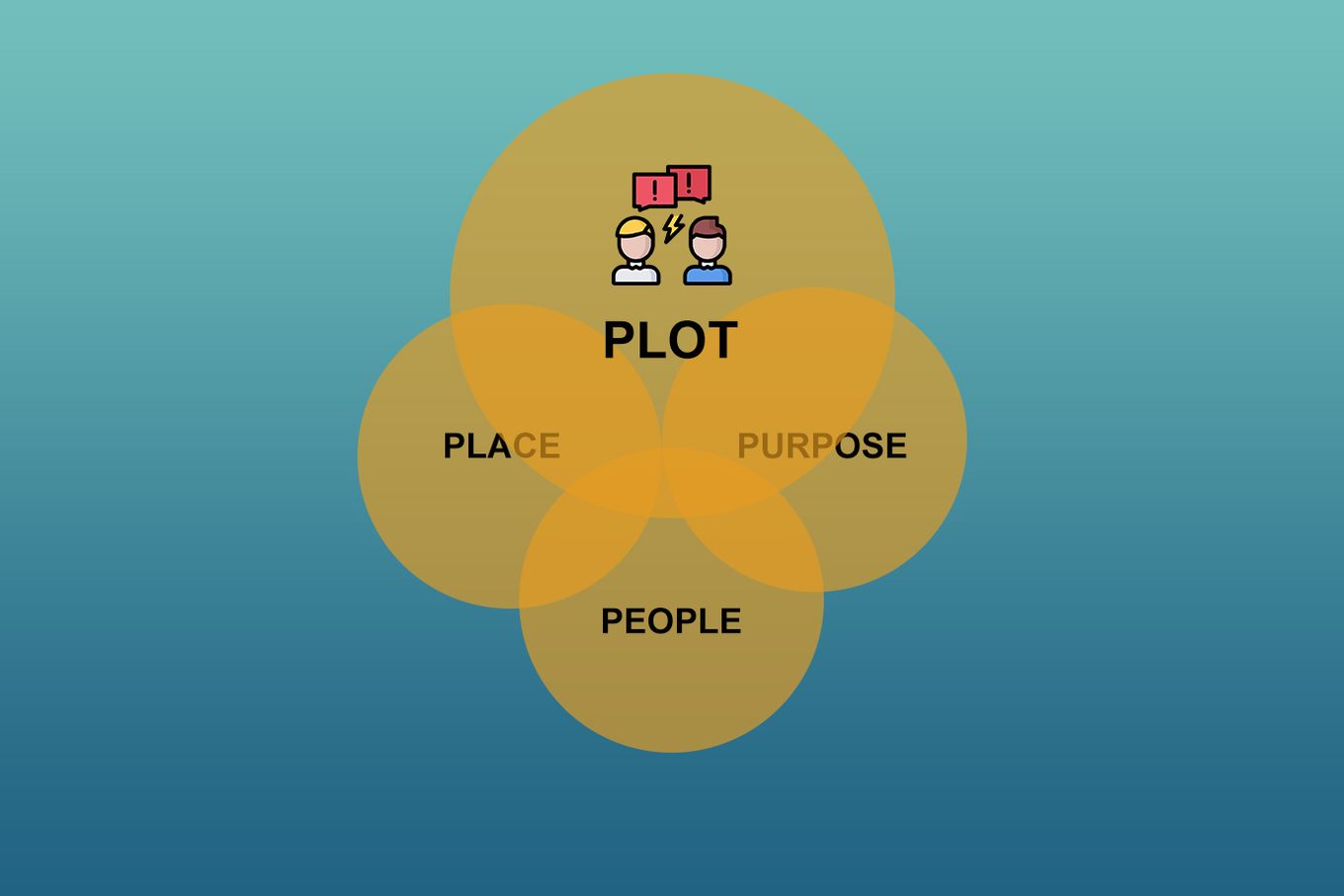
Conflicts drive the story, which is why every narrative should have tension and conflict. A common misconception is that great design in storytelling needs an antagonist. However, this is far from the truth as there are several ways of depicting tension in a narrative.
The point of having conflicts and tension is to draw the audience in. Storytellers must engage the audience, which is quite difficult to achieve when viewers or users already have all answers to their questions regarding the character and plot.
Place
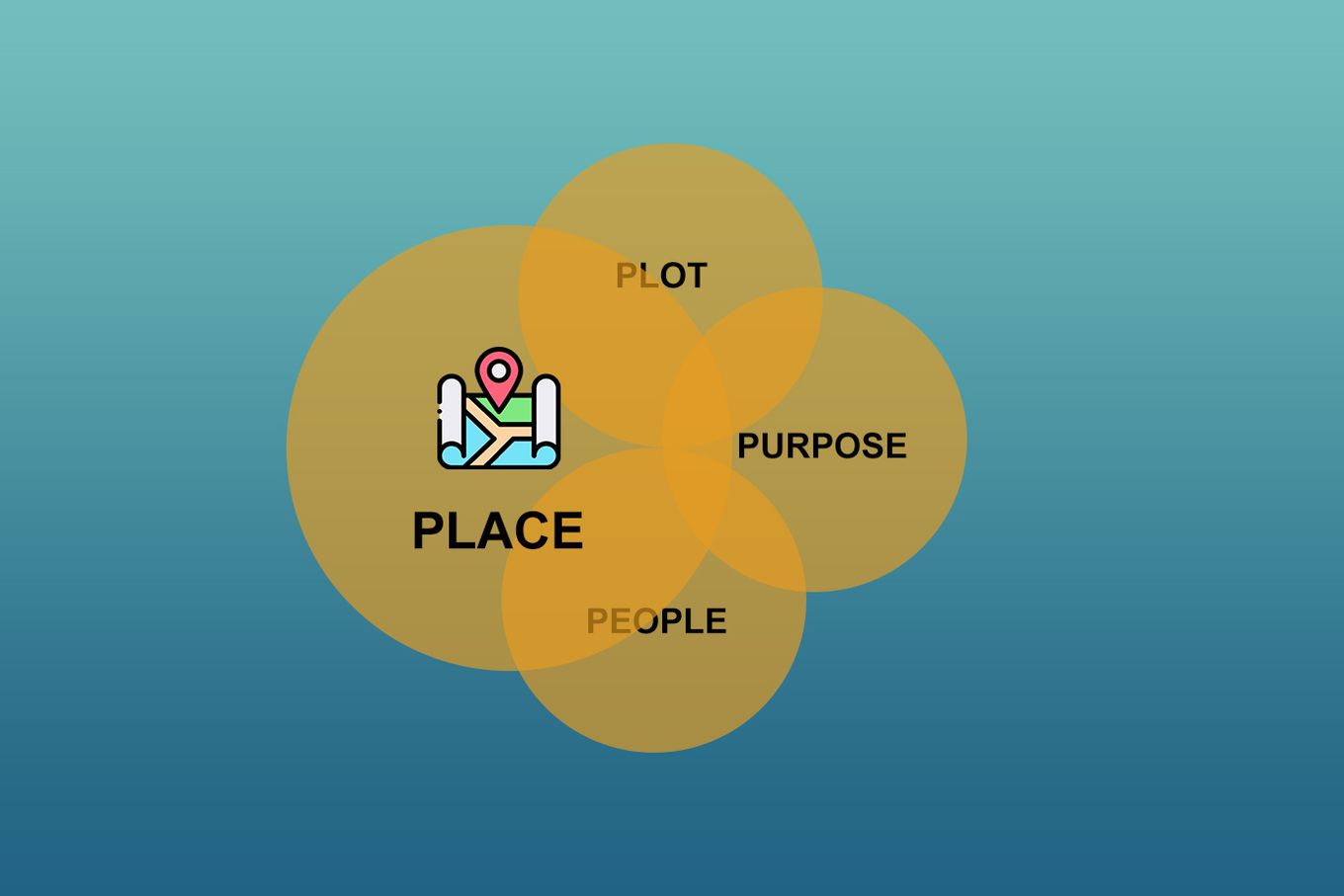
Place refers to the setting of the story. The narrative’s location adds another layer of intrigue to the plot and the people of the story. The place must be aligned with the other story elements. As such storyteller designers must ask these questions:
- How does the location relate to the plot and the people?
- How will the characters interact with the location?
Purpose
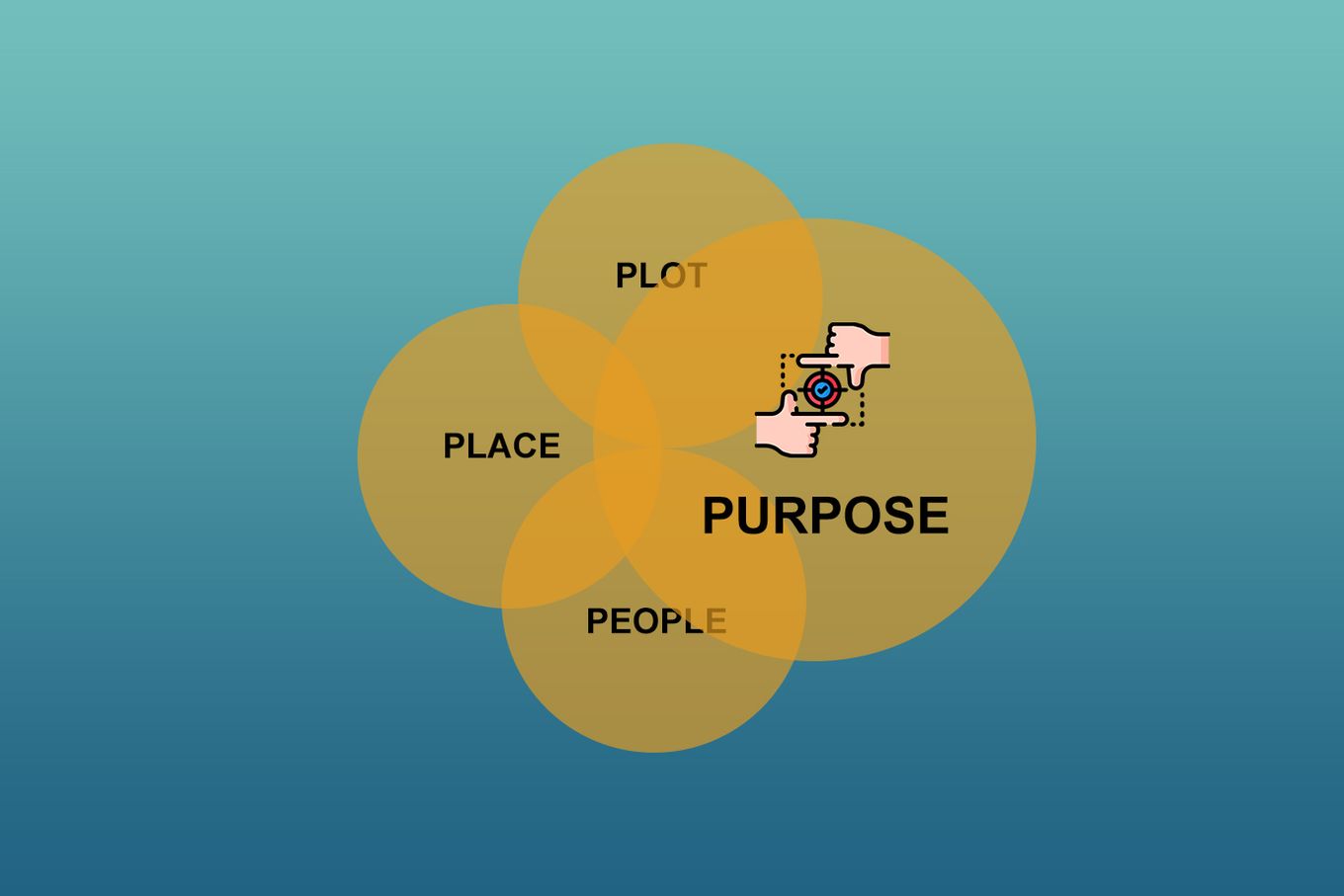
The purpose is the reason why you are coming up with a compelling narrative. It should answer these two questions:
- Why am I crafting and sharing this story?
- Why should my audience care about this story?
Purpose doesn’t have to be complicated. One must be able to define the purpose of the storytelling in one simple sentence. The clarity and simplicity of the purpose make it easier for everyone involved in the storytelling project to be on the same page. A concise purpose is always easier to remember.
Engage Your Audience Through Storytelling
Storytelling is indeed a universal way of building a connection. It’s no different in web design, as excellent storytelling is a tried and tested formula for making lasting connections with users and intended audiences.
Crafting great and engaging stories in web design may not be a walk in the park, but following the basic rules of storytelling will help.
![30+ Best Church Website Templates [WordPress & HTML] church website templates share](https://alvarotrigo.com/blog/wp-content/uploads/2023/08/church-website-templates-share-300x150.png)
![21 Top Examples of Digital Storytelling [Make Powerful Stories] examples digital storytelling share](https://alvarotrigo.com/blog/wp-content/uploads/2023/08/examples-digital-storytelling-share-300x150.png)
![11 Must-Have Skills If You Want to Be a Web Developer [2024] web developer required skills share](https://alvarotrigo.com/blog/wp-content/uploads/2023/08/web-developer-required-skills-share-300x150.png)
![15 Best Portfolio Website Builders in 2024 [Reviewed & Ranked] portfolio website builders share](https://alvarotrigo.com/blog/wp-content/uploads/2023/08/portfolio-website-builders-share-300x150.png)
![13+ Best Database Software For Mac [Reviewed & Ranked] mac database software share](https://alvarotrigo.com/blog/wp-content/uploads/2023/08/mac-database-software-share-300x150.png)
![13 Great Storytelling Websites [Examples] storytelling website share](https://alvarotrigo.com/blog/wp-content/uploads/2023/08/storytelling-website-share-300x150.png)